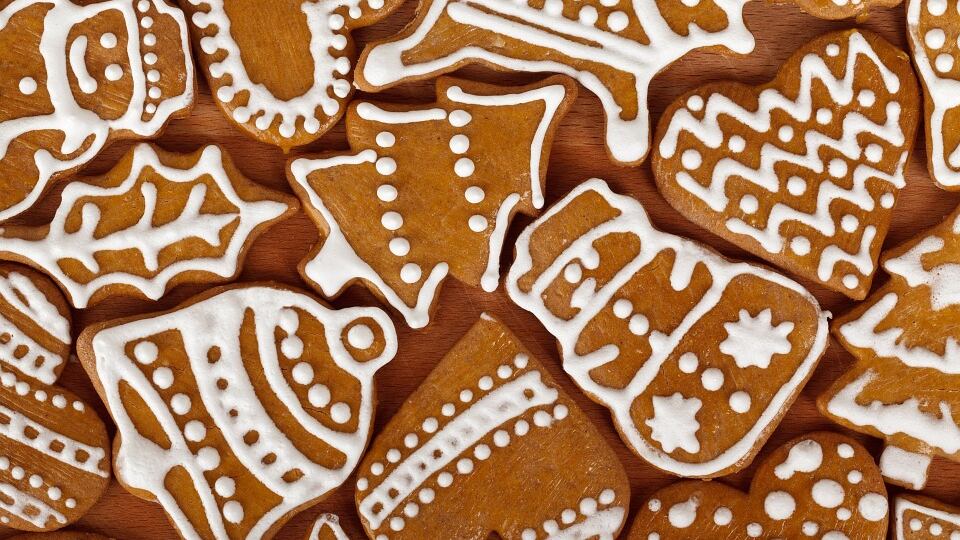Whether it’s through good chef’s knives, lunch containers that don’t explode in your bag or stocking stuffer-priced tools that make grating and slicing easier, we here at Cool Stuff are all about slightly improving your home cooking experience. As I’ve mentioned in the past, I’m not a proponent of buying ultra-specialized knick-knacks for the kitchen, as they are rarely used, are rarely better than generalized tools for the job and are usually costly.
But today I want to talk about one of my favorite kitchen tools, an inexpensive, easy to use companion that makes all kinds of cooking, but especially baking, much easier. I’m talking about the digital kitchen scale.
As the name suggests, a digital kitchen scale measures the weight of your ingredients, generally in your choice of ounces and pounds, grams, mililiters and (sometimes) fluid ounces. They usually come with two buttons: on/off and tare/zero out, and one that lets you cycle through units of measurement.

And these precise measurements in ounces and grams are what make these worth the investment. Whether serious or casual, if you’re a home baker, you’ve probably noticed that two different batches from the same recipe can turn out significantly different in texture and flavor. Unless you have some weird circus oven that’s constantly changing temperature, the reason this happens is that cup and teaspoon measurements of dry ingredients can vary wildly in quantity depending on several different factors. Different kinds of flours have different weights, and even the same kinds of flours (e.g. bleached all-purpose flour) can have different weights between different brands. Even if you’re using the same flour, it’s density can change depending on how much air is suspended between particles (which is why sifted flour looks “bigger” than unsifted). There’s not any way to have any real consistency with dry ingredients unless you’re measuring them by weight.
That’s what a kitchen scale gives you: Consistency. All you have to do is set a bowl on the scale, zero it out, and pour your ingredients in until you hit the magic number. Boom—everything is properly calibrated for maximum deliciousness.
A kitchen scale will certainly help with baking, but it’s also a nice addition for vegetable dishes as well. Eyeballing carrots and taters at the market is usually good enough. Yet, if you’re an obsessive nerd (like I am) about perfectly dressed salads, then having the right ratios of everything can only be obtained through weight, as obviously, not every carrot weighs the same. This is why many cookbooks provide measurements in cups and ounces/pounds, and why basically every serious baking cookbook provides weight measurements.
Thankfully, kitchen scales are dirt cheap. Basic models, like the Amazon home brand option which I used to own until it broke (note: Do not clean electronics with anything wetter than a damp cloth unless you’re certain they’re waterproof) is a cool $10, while slightly upscale models like the one I replaced it with from Etekcity was only $14 (please do not pay more than $15 for one of these things). If you’re gearing up to make Christmas cookies, bread or any other kind of holiday treats in the coming weeks, the first thing on your shopping list should be a digital kitchen scale.
(Cool Stuff is a new feature at Willamette Week where we feature product reviews, roundups, sales and other commerce and shopping-oriented content. All Cool Stuff reviews are editorially independent, meaning we provide honest reviews and aren’t paid by the brands we write about. If you do choose to purchase something after following one of our links, Willamette Week may receive a commission, which helps fund our journalism.)
